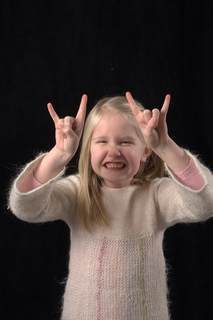patterns >  Ragga Eiríks and 1 more...
Ragga Eiríks and 1 more...
> Chunikku





Chunikku
A lovely tunic made from Icelandic lopi under Japanese influence:
Chunikku (Japanese for tunic) is a soft tunic that is inspired by simple Japanese forms. The knitting is quite simple but the details and structure make Chunikku a beautiful and interesting garment. The material shown is Þingborgarlopi, a version of un-spun lopi made from selected lamb’s wool by a women’s craft collective in South Iceland. The stripes are made with tiny amounts of decorative Japanese yarn by Avril (Habu), but in fact any delicate or interesting yarn could be used for the accents.
Suggested yarn
Þingborgarlopi, un-spun, single ply: 100-130-160-195 grams / 3.52-4.58-5.64-6.87 ounces
This type of lopi can only be bought in Iceland in the Þingborg and Hvanneyri craft collectives. I suggest Ístex Plötulopi as an alternative, but in fact any light wool could be used. Just remember to check your gauge.
Accent yarn in small amounts in a few colours. Anything in lace or fingering weight could be used for this purpose. I suggest you check your stash before buying something new!
Needles
For skirt in garter stitch: Circular or straight needles 5mm/US8
For sleeves in stockinet stitch: 80cm/32” circular needles 4mm/US6 (for magic loop method) or double pointed needles if you prefer.
Other: Crochet hook 4.5mm/US7
Gauge
Garter stitch on 5mm/US8 needles:
10 x 10 cm/4 x 4” = 15 stitches and 30 rows
Stockinet stitch on 4mm/US6 needles:
10 x 10 cm/4 x 4” = 21 stitches and 26 rows
Methods
The tunic is knit in two pieces. The skirt is knit in garter stitch back and forth lengthwise and shaped with short rows that make it flair at the bottom. The skirt is sewn or grafted together at the back. The other part makes up both the sleeves and the shoulder and neckpiece and is mostly knit in the round. Starting at the wrist the first sleeve is knit in the round, then back and forth over the shoulder and neckpiece while shaping the neckline, then connecting in the round again to knit the other sleeve, casting off at the wrist. When both pieces are ready they are sewn together at the chest.
20477 projects
stashed
17980 times
- First published: October 2010
- Page created: October 29, 2010
- Last updated: August 1, 2023 …
- visits in the last 24 hours
- visitors right now




